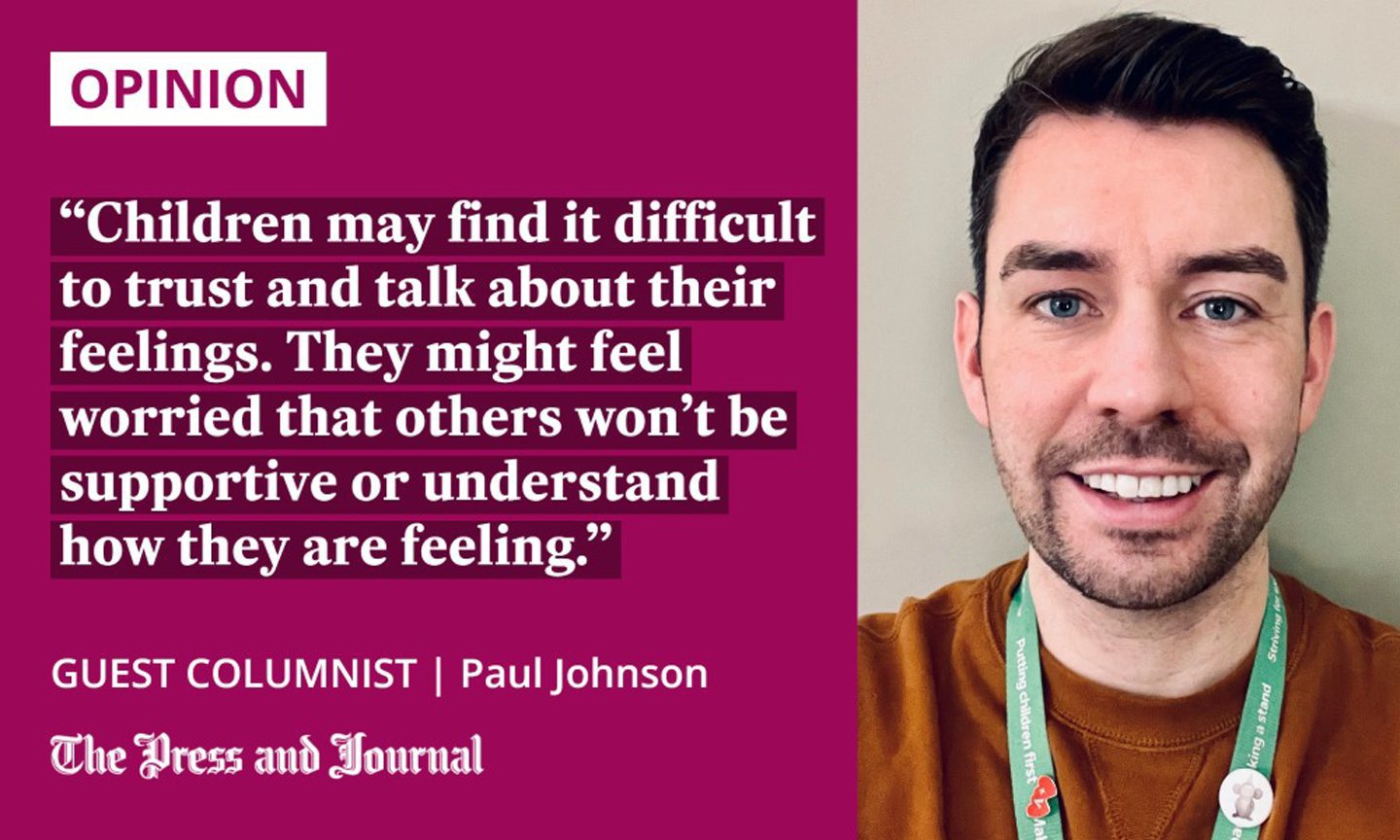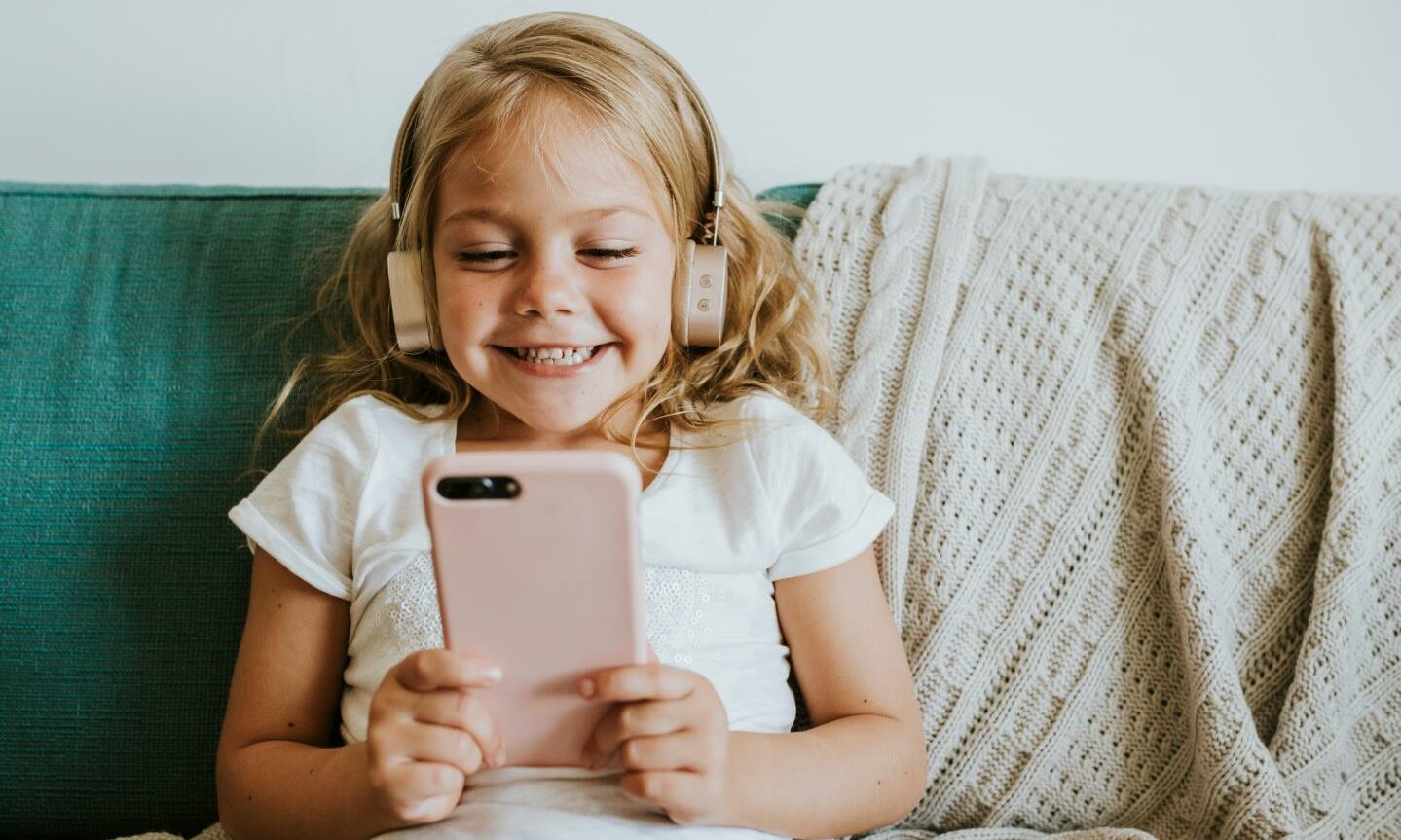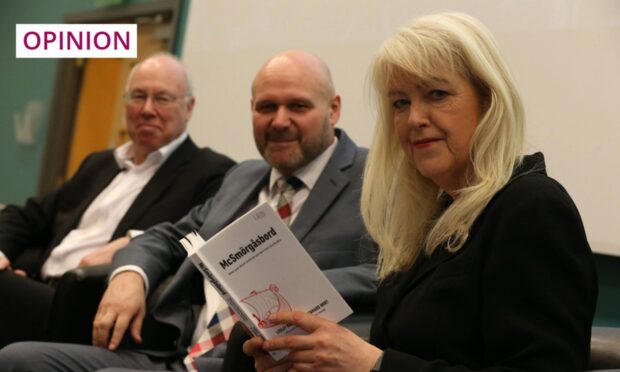At Childline, we speak to children every day about their mental health.
Over the past two years, we’ve heard from children who have experienced anxiety and who have felt overwhelmed due to concerns about Covid-19 and the pandemic.
Contributing factors, such as school closures and cancelled exams, have heightened these emotions, as well as being cut off from family and friends, which has led to feelings of isolation.

This week, we mark Mental Health Awareness Week, which is hosted by the Mental Health Foundation. This year’s theme is loneliness.
As a parent or carer, this can be a good opportunity to start conversations with your child about how they are feeling.
We know that everyone can feel lonely sometimes. However, if your child is often feeling lonely, we have some advice to help.
It’s important that they know it is natural to sometimes feel this way but there are a few different things they can try that could help them feel better.
Children may find it difficult to trust and talk about their feelings to other people. They might feel worried that others won’t be supportive or understand how they are feeling.
But, encouraging them to talk with someone they trust, such as a parent, a friend, or a teacher, even if it’s little by little, can help them feel a lot less alone.
They may even feel more comfortable writing down their feelings instead of talking about them out loud.
Connecting with others builds confidence
Our online message boards are a safe place for children to try to share their worries. They can do this anonymously, and they can get advice and support from other young people who might be feeling the same way.
Sharing interests is a great way for your child to connect with new people
Connecting with others can also help to build your child’s confidence when it comes to dealing with how they are feeling. The Childline website has a whole page listing tips on how to do this, including prompts that will remind them of all the great things about themselves.
‼️ Mental or emotional health was the top concern for young people contacting Childline in 2020/21 ‼️ #Childline is here for every child, wherever they need it: call 0800 1111 or visit https://t.co/mO04B3TUIl
RT to show that however a young person is feeling they are not alone. pic.twitter.com/yN63u20CHi
— NSPCC (@NSPCC) May 11, 2022
Sharing interests is a great way for your child to connect with new people. Enjoying new experiences or sharing hobbies with others can also really help them to feel happier and less alone.
And, as always, Childline is here for children. They can speak to a trained counsellor about anything they’re worried about on 0800 1111, or they can visit childline.org.uk.
Any adult worried about a child can contact the NSPCC helpline on 0808 800 5000, or email help@nspcc.org.uk.
Paul Johnson is Childline team manager for Aberdeen












Conversation